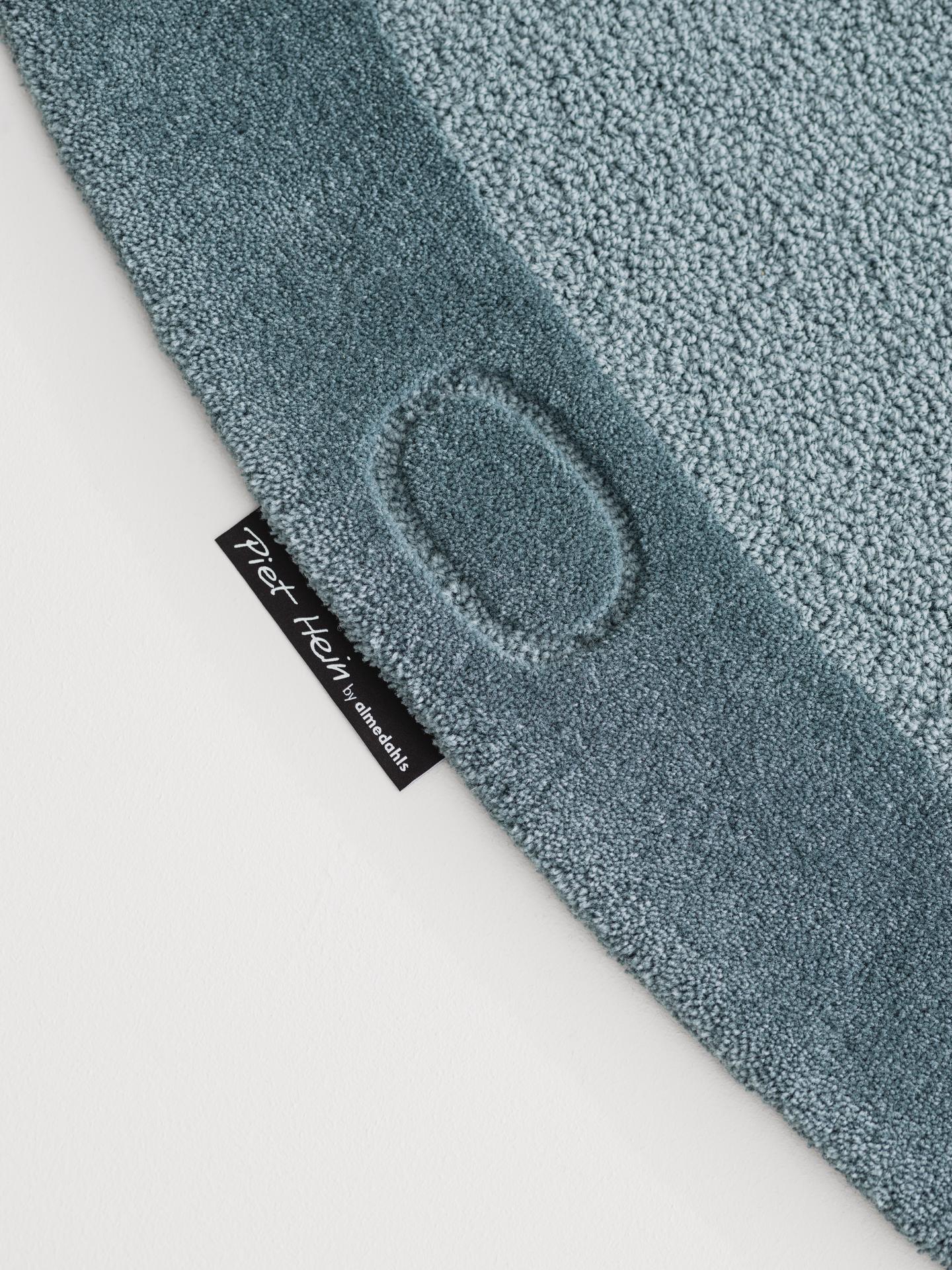Piet Hein design by Almedahls
A collection that honours the Danish polymath’s legacy of design that thinks, feels, and connects. Featuring the AVGO rug and INSPIRO curtain fabric, inspired by Hein’s iconic Superellipse®, this collection masterfully combines thought leadership with textile creativity. Each piece is a timeless tribute to innovation and tradition, celebrating Hein’s extraordinary vision.

Our products
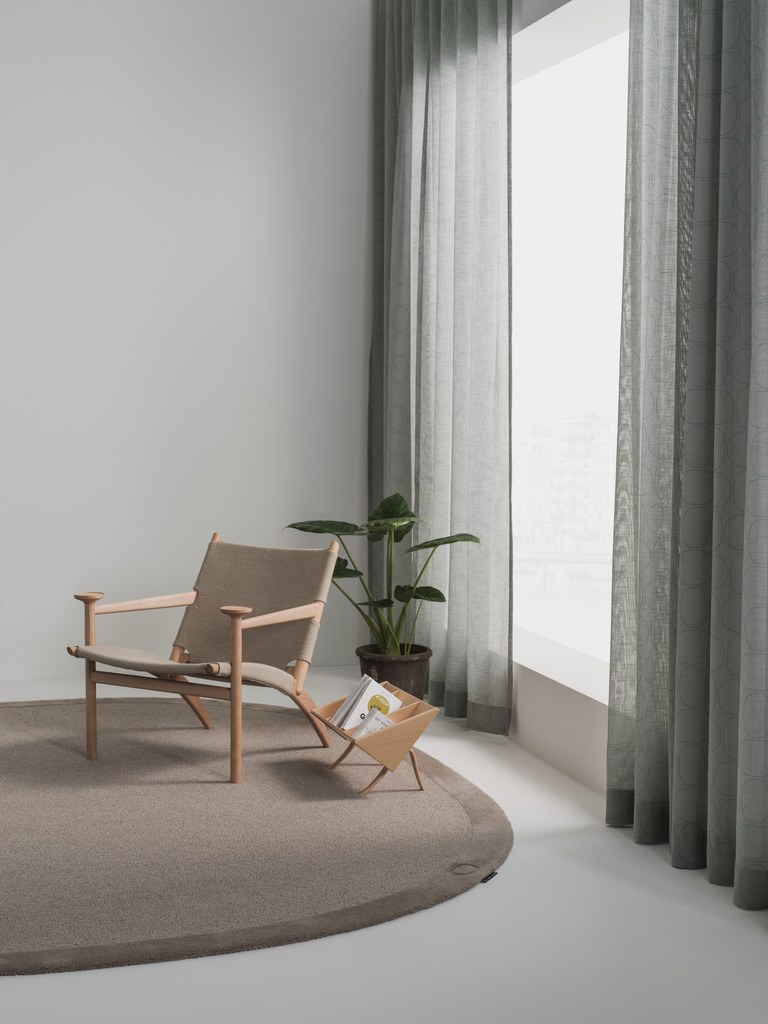
AVGO: an innovative and versatile rug collection
Our AVGO rug is available in the 5 different variations of the Superellipse®. Each one is unique, but they all draw from the same principles. You may order your carpet in a wide range of sizes, customised to the character of your room or project.

INSPIRO: a harmonic and modern hanging textile collection
Our curtain fabric INSPIRO offers a delicate openness that invites serenity with an organic but definite pattern that flows along the fabric. The design of the texture, the pattern and transparency create an inspirational play of highlights and shadows.
The background
Piet Hein
Piet Hein, a figure of monumental intellect and creativity, bridged the gap between science and art with unparalleled elegance. His legacy, encapsulated in the innovative Superellipse®, is a beacon of Harmony, Creativity, Equality, and Interaction. It isn’t just a design; it’s a philosophy. Timeless in its appeal and impact on human connections.
If you’d like to learn more about Piet Hein’s remarkable achievements, click here to explore further.
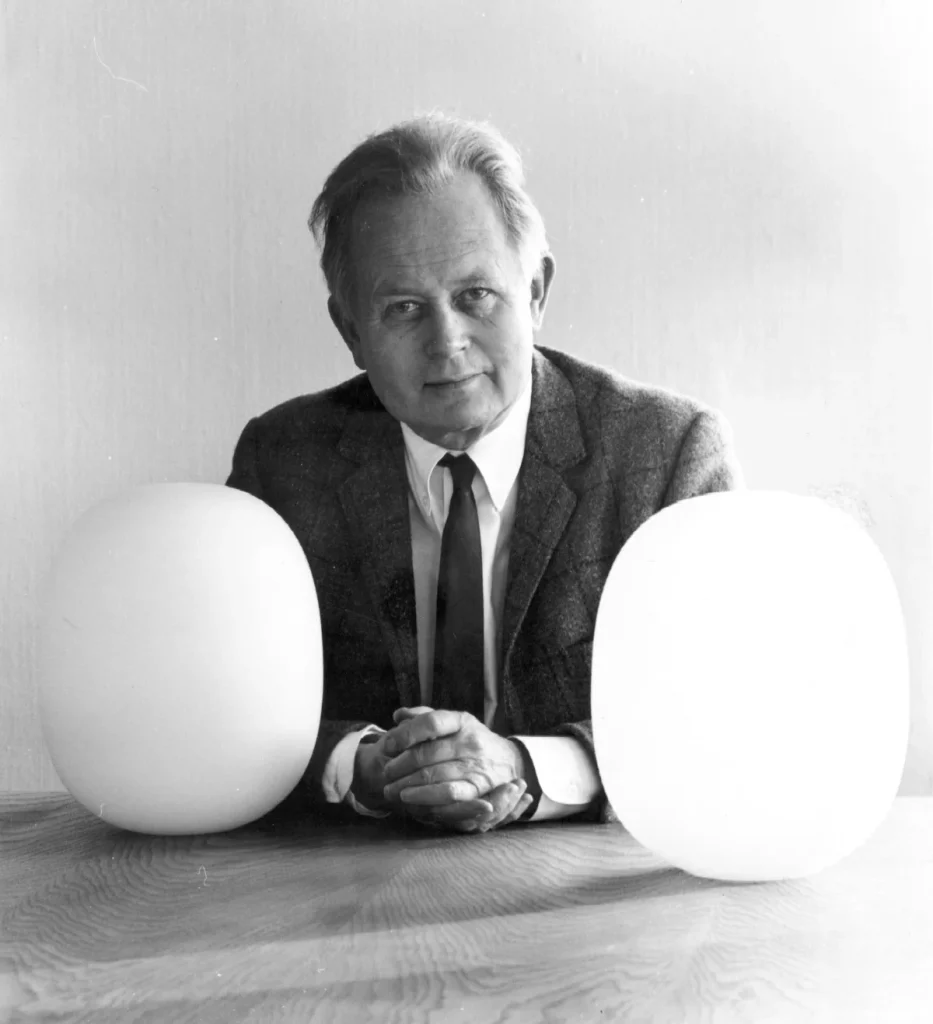
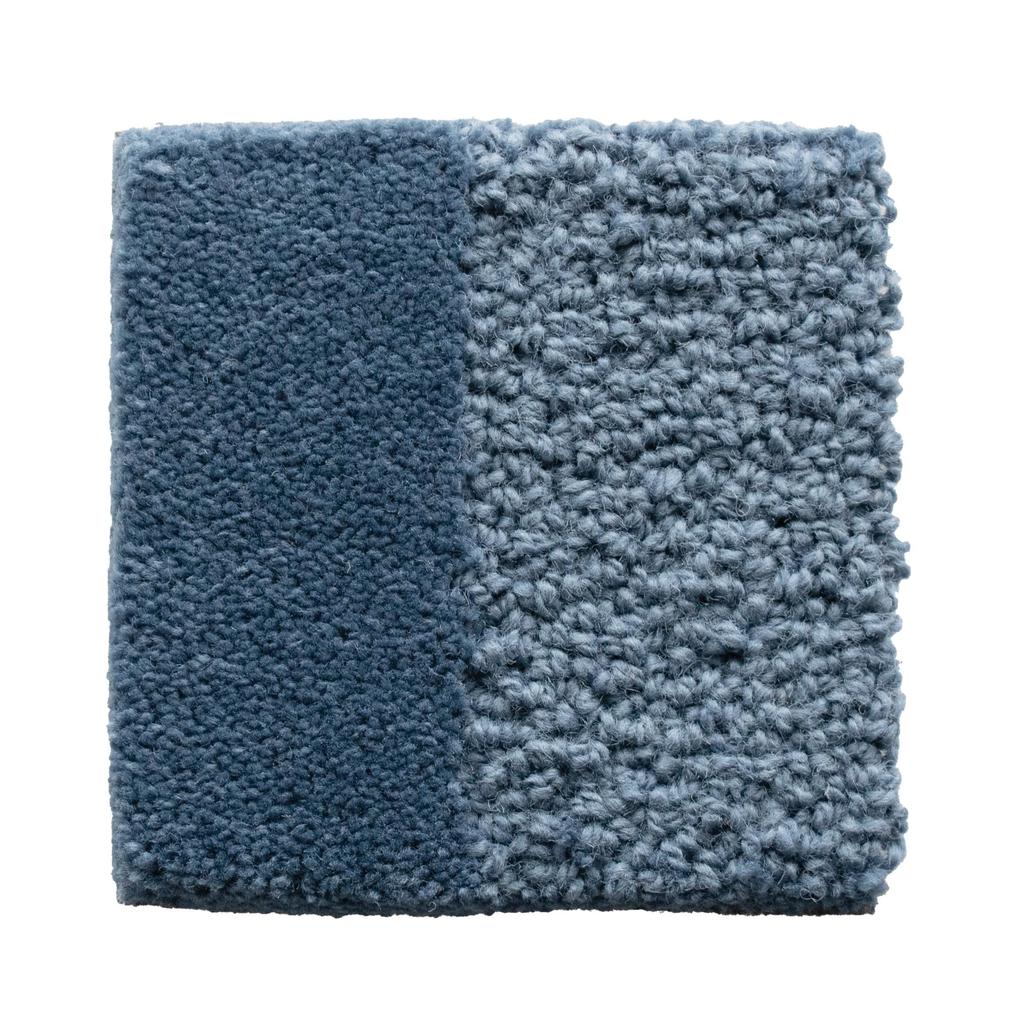
The essence of the Piet Hein Superellipse®
To challenges the ordinary, urging a reevaluation of the familiar. Its unique proportions, while echoing the everyday, defy conventional boundaries with an elegance that captivates and inspires. This design does more than catch the eye—it creates a sense of harmony that resonates on a deeply human level.
Fostering creativity
Piet Heins Superellipse® encourages us to step beyond the known, to connect with our creative core. It’s a shape that invites exploration, pushing us to rethink our boundaries and embrace the potential within. This is where creativity flourishes, in the space between comfort and the unknown.
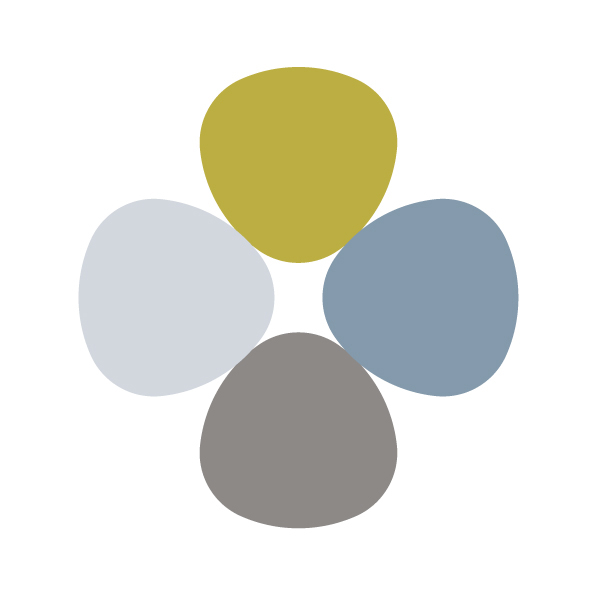

Equality through design
The Superellipse® embodies a vision of equality, its soft curves offering no start or end, no hierarchy, just continuous possibility. In its presence, interactions are reshaped, encouraging a more equitable exchange of ideas and perspectives. It’s a design principle that levels the playing field, inviting all voices to be heard and valued equally.
Enhancing Interaction
In the realms where people gather, this design works silently to foster connections, smoothing the edges of our differences and facilitating a free flow of communication. It’s a shape that not only enhances physical spaces but also the quality of interactions within them, proving itself as a vital tool for collaborative success.

Piet Hein Superellipse® Calculator
Design that connects
In the realms where people gather, Piet Hein Superellipse® works silently to foster connections, smoothing the edges of our differences and facilitating a free flow of communication. It’s a shape that not only enhances physical spaces but also the quality of interactions within them, proving itself as a vital tool for collaborative success.
